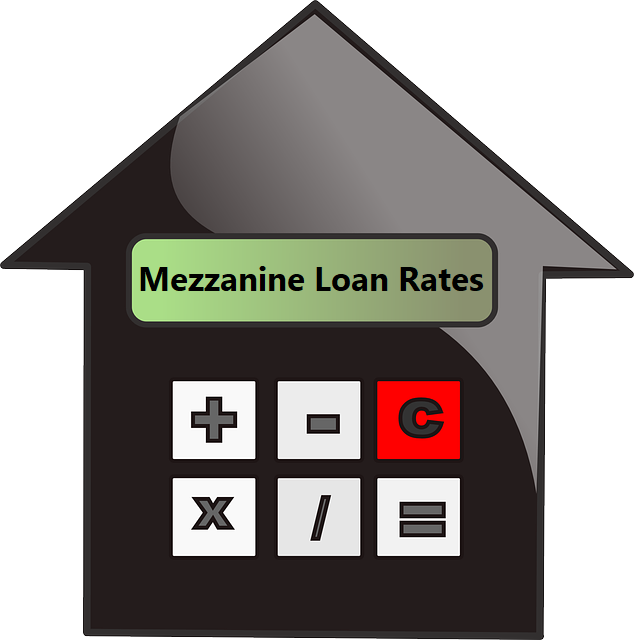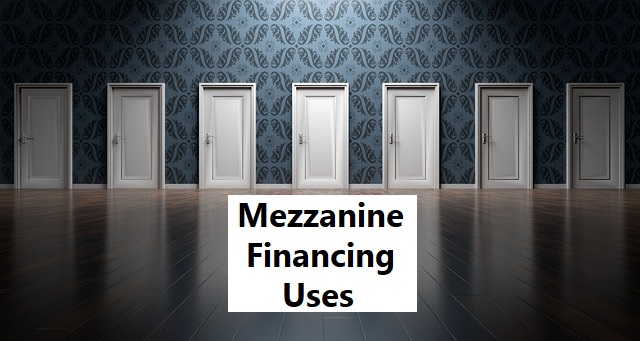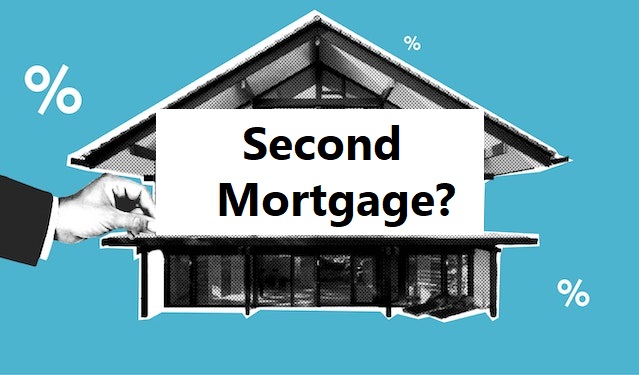Analysis of Mezzanine Financing in the Current Market Environment – June 2023
Amidst market uncertainty, mezzanine financing has emerged as a dependable choice to fill the voids created by receding senior credit markets. As the cost differential shrinks and interest rates increase, businesses and private equity sponsors can employ mezzanine financing to effectively tackle the obstacles presented by the evolving market environment.










